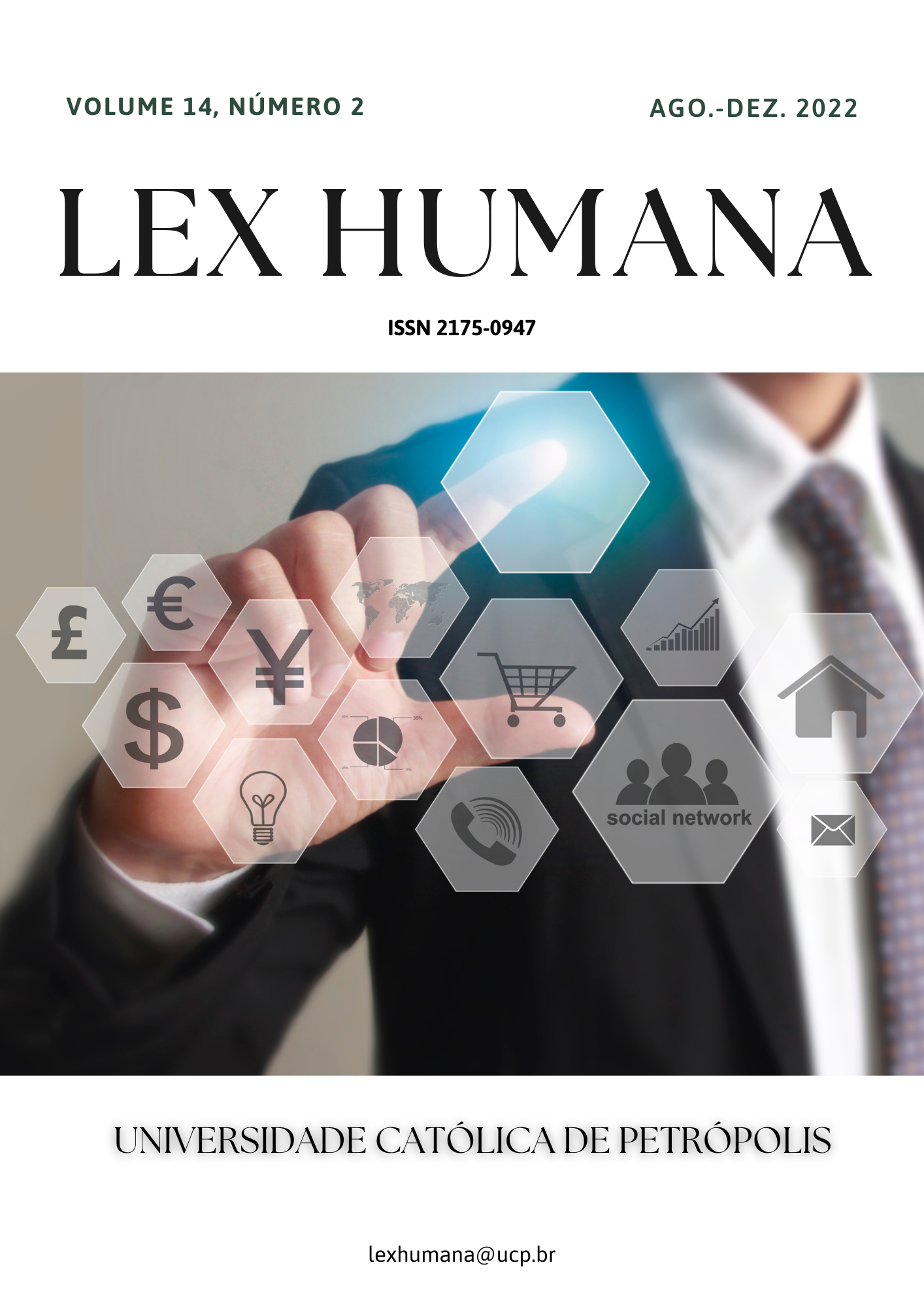Abstract
In the recent past, the Indian courts have often passed critical remarks on the reservation policy, thereby reinforcing the existing upper caste narrative and rhetoric on caste and reservation. And while in all of these cases, the courts have not challenged the legality of caste-based reservation but the constant judicial scrutiny of reservation demonstrates the influence of majoritarian narratives on caste and reservation. The questions like for how many generations reservation will continue? Or suggestions to formulate reservation policy based on economic criteria display a certain judicial bias towards upper caste prejudice against reservations. Such opinions presented in the form of discourse give space to dilute or dismiss the reservation in the public sphere. This article argues that the judicial opinions on the reservation when looked at critically in the historical context demonstrate how the upper caste narratives find judicial space and the narratives of backward classes are marginalized. To understand how the Indian judiciary perpetuates majoritarian narratives, the article examines the judicial opinion on caste and reservation in the two landmark judgments- M.R. Balaji & others vs. the State of Mysore and Indra Sawhney & other vs. Union of India.
References
Akhil Bhartiya Shosit Karamchari Sangh (Railway). (1981). Represented vs. Union of India & Others. AIR 1981, SC 298.
Ashoka Thakur vs. (2008). Union of India and Ors. AIR (2008) 6 SCC 1.
Azra, Khanam. (2013). Muslim Backward Classes: A Sociological Perspective. Sage Publications India.
Baez, Benjamin. (1999). “The Supreme Court and Affirmative Action: Narratives About Race and Justice,” Saint Louis University Public Law Review: Vol. 18: No.2
Balagopal, K. (2009). “Ideology and Adjunction: The Supreme Court and OBC Reservations”, Economic & Political Weekly. Vol. 44, Issue No.43.
Balaji vs. (1963). State of Mysore. AIR 1963, SC 649.
Beteille Andre. (1971). Caste, Class and Power: Changing Pattern of Stratification in a Tanjore Village, University of California Press, pp.185-226
Champakam Dorairajan vs. (1951). State of Madras. AIR 1951, SC 226
Deshpande, S. (2013). Caste and Castelessness: Towards a Biography of the “General Category.” Economic and Political Weekly, 48(15), 32–39
Galanter, Marc. (1984). Competing Equalities: Law and the Backward Classes in India, University of California Press.
Grinsell, S. (2010). Caste and the Problem of Social Reform in Indian Equality Law. Yale Journal of International Law, 35, 6.
Jawaharlal, Nehru. (1989). ‘Letter to Chief Ministers, New Delhi, 27 June 1961, in Parthasarathi (ed.), Letters to Chief Ministers 1947-64, Vol. V, 1968, New Delhi: Oxford University Press, 1989, pp. 456-457
Karnataka Backward Class Commission Report, 1975, Vol. I
Ramakrishna, V. (1960). State of Mysore, AIR 1960 Mys 338.
Roy, Anupama. (2005). Gendered Citizenship: Historical and Conceptual Explorations, Orient Blackswan
See Parliamentary Debates (Lok Sabha), Vol XII(Pt II), Col 9830.
State of Kerala & Anr. Vs. N.M. Thomas & Ors. AIR 1976 SCR (1) 906.
Vasanth Kumar & Anr. Vs. State of Karnataka. AIR 1985.
White, J. B. (1985). Law as Rhetoric, Rhetoric as Law: The Arts of Cultural and Communal Life. The University of Chicago Law Review, 52(3), 684–702.

This work is licensed under a Creative Commons Attribution-NonCommercial-NoDerivatives 4.0 International License.
Copyright (c) 2022 Lex Humana (ISSN 2175-0947)

